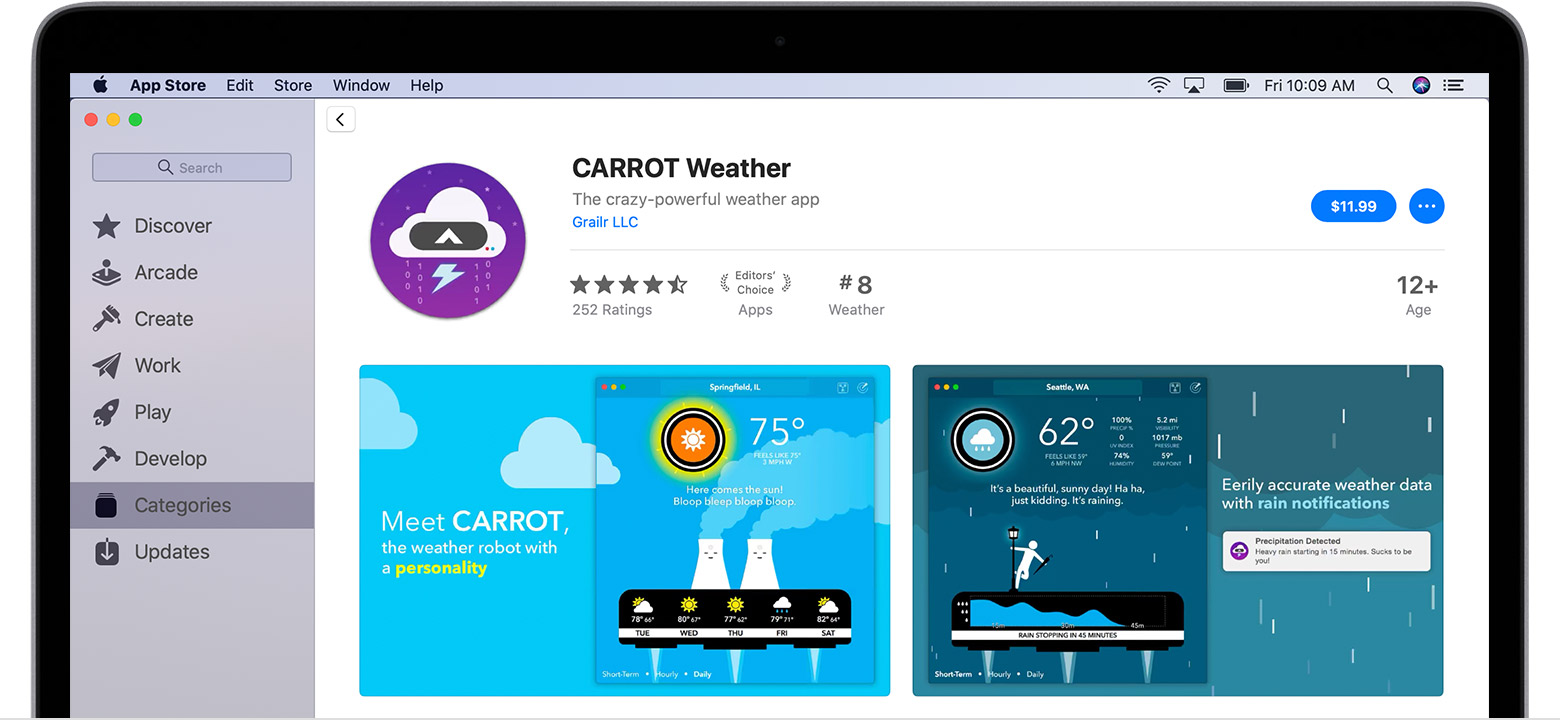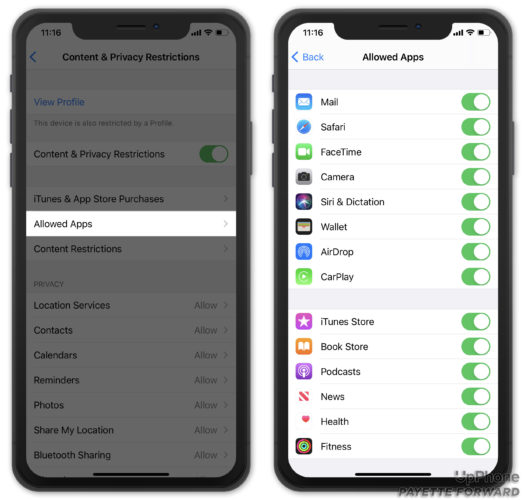
THE APPSTORE FREE
BeDepot allowed for both commercial and free apps as well as handling updates
THE APPSTORE SOFTWARE
In 1997, BeDepot a third-party app store and package manager ( Software Valet) for BeOS was launched, which operated until 2001. Fedora and Red Hat Enterprise Linux has YUM in 2003 as a successor of YUP (developed at Duke University for Red Hat Linux). Mandriva Linux has urpmi with GUI frontend called Rpmdrake. In 1996, the SUSE Linux distribution has YaST as frontend for its own app repository. Some package managers have graphical front-end software which can be used to browse available packages and perform operations, such as Synaptic (which is often used as a front-end for APT).
THE APPSTORE CODE
Notable package managers in Unix-like operating systems have included FreeBSD Ports (1994), pkgsrc (1997), Debian's APT (1998), YUM, and Gentoo's Portage (which unlike most package managers, distributes packages containing source code that is automatically compiled instead of executables). Many Linux distributions and other Unix-like systems provide a tool known as a package manager, which allows a user to automatically manage the software installed on their systems (including both operating system components and third-party software) using command line tools-new software (and the packages required for its proper operation) can be retrieved from local or remote mirrors and automatically installed in a single process.
THE APPSTORE DOWNLOAD
Prior to the Electronic AppWrapper which first shipped in 1992 people were used to software distributed via floppy disks or CD-ROMs, one could even download software using a web browser or command-line tools. Ī Screen Shot of Stone Design's 3DReality running on the Electronic AppWrapper, the first app store Paget's Electronic AppWrapper was named a finalist in the highly competitive InVision Multimedia '93 awards in January, 1993 and won the Best of Breed award for Content and Information at NeXTWORLD Expo in May, 1993.

While a Senior Editor at NeXTWORLD Magazine, Simson Garfinkel, rated The Electronic AppWrapper 4 3/4 Cubes (out of 5), in his formal review. The Electronic AppWrapper was the first commercial electronic software distribution catalog to collectively manage encryption and provide digital rights for apps and digital media (issue #3 was the app store originally demonstrated to Steve Jobs at NeXTWorld EXPO). The app store can also orchestrate monitoring and bug fixing to detect and repair crashes in applications. For instance, the app store can deliver a unique diversified version of the app for sake of security. Researchers have proposed new features for app stores. Some app stores provides feedback to developers: number of installations, issues in the field (latency, crash, etc.). These apps are inspected for compliance with certain guidelines (such as those for quality control and censorship), including the requirement that a commission be collected on each sale of a paid app. Many app stores are curated by their owners, requiring that submissions of prospective apps go through an approval process.

Users can select the best apps based on ratings, developers get feedback on what features are praised or disliked and finally, app store owners can detect bad apps and malicious developers by automatically analyzing the reviews with data mining techniques. Those reviews are useful for other users, for developers and for app store owners. Īpp stores typically provide a way for users to give reviews and ratings. Some app stores may also include a system to automatically remove an installed program from devices under certain conditions, with the goal of protecting the user against malicious software.

The selected app is offered as an automatic download, after which the app installs. Critically, the application storefront itself provides a secure, uniform experience that automates the electronic purchase, decryption and installation of software applications or other digital media.Īpp stores typically organize the apps they offer based on: the function(s) provided by the app (including games, multimedia or productivity), the device for which the app was designed, and the operating system on which the app will run.Īpp stores typically take the form of an online store, where users can browse through these different app categories, view information about each app (such as reviews or ratings), and acquire the app (including app purchase, if necessary – many apps are offered at no cost). An app store is any digital storefront intended to allow search and review of software titles or other media offered for sale electronically.


 0 kommentar(er)
0 kommentar(er)
